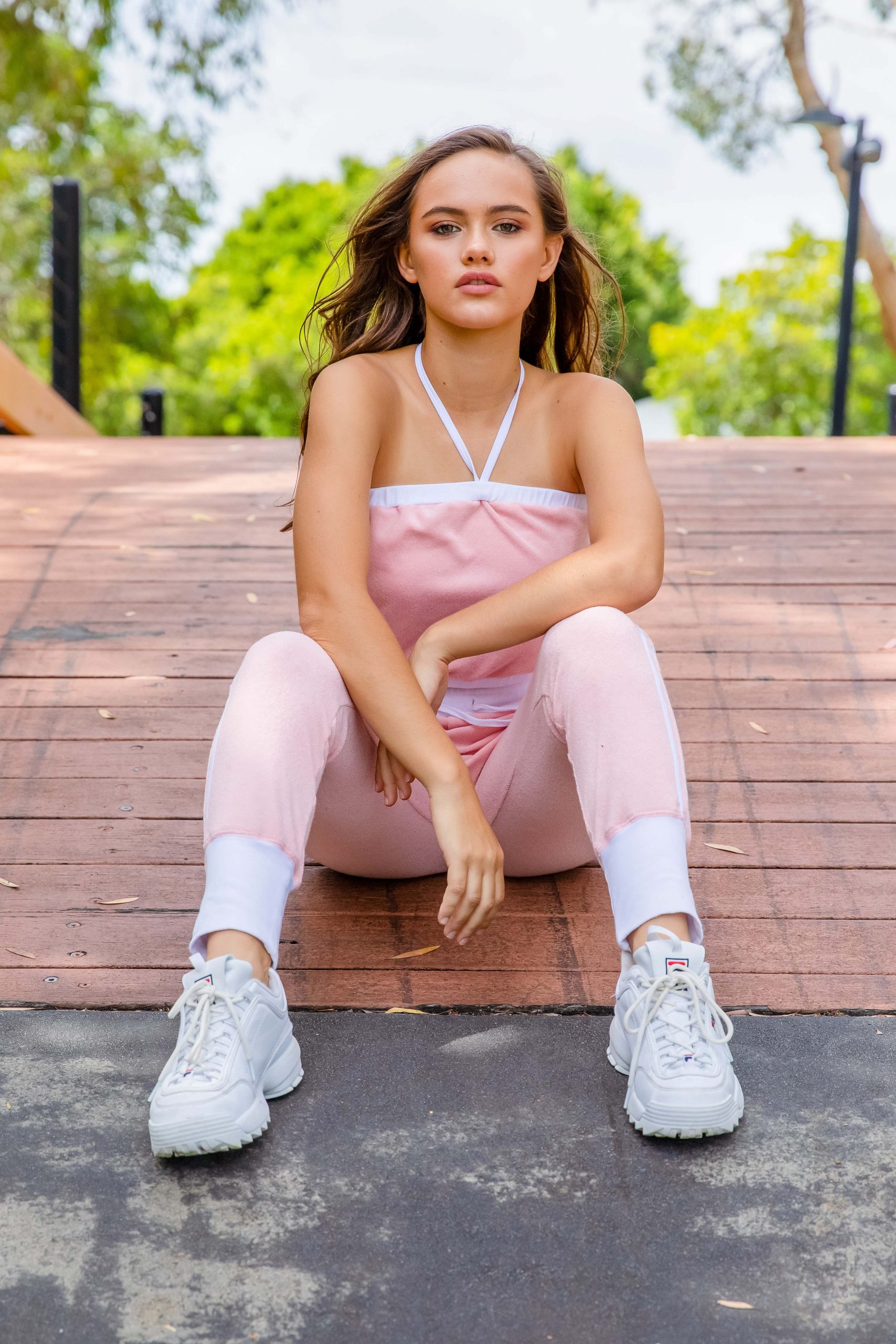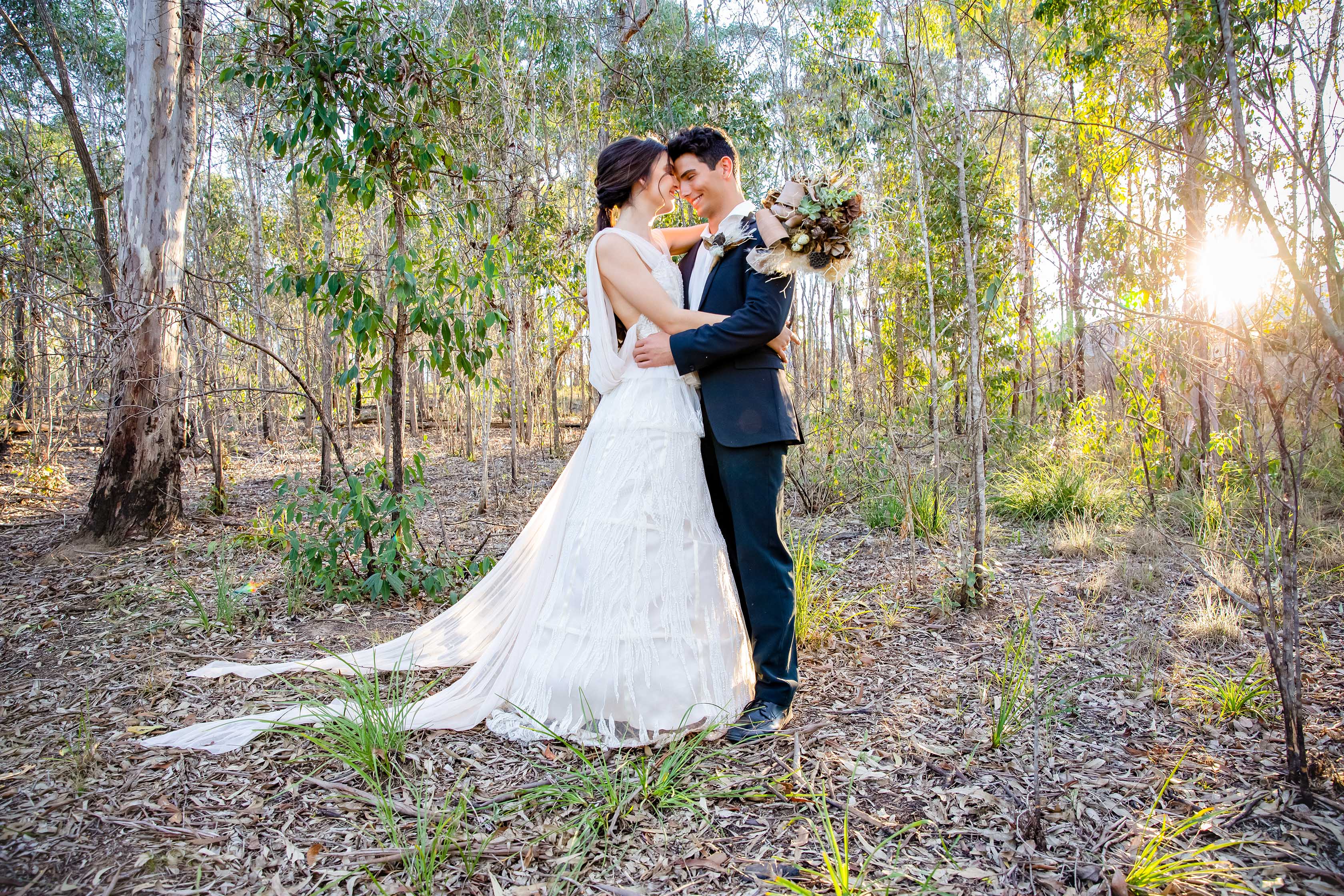The Beginner's Overview to Product Photography
If a picture is worth a thousand words, a magnificent product image deserves a thousand website brows through. Although I do not have information to support that declaration (yet), product photography can be exceptionally useful to your ecommerce site strategy.
To reach your target audience participants who like purchasing online, you likewise require to offer your target market clear, eye-catching pictures of your products.
But product photography isn't as straightforward as pointing as well as firing. Also the most basic items require the appropriate tools, lights, and also space to produce beautiful pictures that offer shoppers right from the purchase web page.
6 Product Photography Tips ( as well as Instances) for Taking Photo That Offer
Right here are the tips, instances, and supplies you'll require to successfully picture and also market your items in such a way that makes your visitors and also prospects want to convert.
1. Don't be afraid to utilize your smartphone's cam.
This is the component where I'm expected to convince you to purchase a high-end, 50-megapixel (MP) cam with a 100-millimeter screw-on lens. But I'm not going to do that.
If you already own a cam that fits this summary, benefit from it. But for many kinds of items, it's entirely acceptable to shoot product photos on a smartphone.
Newer smartphones flaunt effective video camera lenses and also settings that permit you to optimize your shots for the various types of light and also settings you may shoot in.
If you require a lot more convincing, just take a look at Apple's Shot On An iPhone project as well as the photos that have arised from it over the years such as this set:
2. Shoot from a tripod for photo consistency.
Before clarifying tripods, I'm bound to begin with a cardinal regulation: Do not prop your phone versus something sturdy to aim your lens towards the topic.
It's simply also simple for this makeshift setup to move about during the shoot and trigger inconsistencies in your photos' look. If you relax your video camera on, claim, a pile of books, just make certain this plan doesn't transform throughout the shoot.
There's no damage in holding your video camera yourself when shooting just a couple of product images for your ecommerce website. Yet as your organization expands, and also you take a lot more pictures of more items, it can be tough to systematize the product's orientation in each photo when firing handheld.
To make certain uniformity across your items, you'll require a tripod. And thankfully, acquiring one isn't constantly the big, industrial-sized investment it used to be.
Here are two sorts of tripods to consider.
Traditional vs. Versatile
This is a custom tripod-- there are standard tripods readily available for both cameras and also smart devices.
A versatile tripod can be controlled in a variety of ways. You can flex its legs and position it on different surface areas to get the angle you require.
Mobile Hold
There's usually a screw on the top of your tripod which connects to your video camera to hold it in place. The underside of many professional-grade cameras has a screw opening just for this function, yet mobile phones can utilize the following adapter:
The adapter grips the sides of your mobile phone and can screw right into either type of tripod, allowing you to run the camera manages with the phone screen dealing with outside as well as toward you.

When you identify which place you'll need, establish it up before your product, and think about placing three items of tape on the ground to mark where you want to maintain each leg of your tripod over the course of the shoot.
3. Pick natural light or fabricated light.
Never ever undervalue just how specific sorts of light can boost (or impede) your product photography. Keep in mind, buyers obtain the very best take a look at an item face to face, where they can see everything they require to before acquiring. The best lights setup assists you disclose those critical decision-making product attributes when all web site visitors need to go on is a photo.
A solitary illumination arrangement might not help every product-- a illumination setup that benefits some items may damage the look of others.
There are two kinds of light you can pick as your major source of light: natural as well as artificial light.
All-natural Light
All-natural light refers to sunlight-- basic as that. It's also known as "soft light" since the sunlight casts a bigger, softer series of light than, say, a light beaming straight on the product. Ecommerce product shots flourish in natural light if:
The product is shot outside or meant to be used outside.
The product is utilized by, worn on, or shot with a person ( individuals often tend to look far better in all-natural light).
You're attempting to emphasize the product's environments, as opposed to specific features of the product.
Below's an instance of a shot making use of all-natural light:
Synthetic Light
Synthetic light consists of candles, fire, as well as much more generally, light bulbs. It's additionally described as " tough light" due to the fact that it produces a smaller sized however extra concentrated light surface. This type of light caters to items with physical details that need to be highlighted to excite an on the internet buyer.
As a basic regulation, stick to simply one sort of light per photo-- natural or man-made. Including natural light to an artificially lit photo can soften a product that's suggested to look sharp, and also adding fabricated light to a naturally lit photo can develop a product that's meant to look soft. You don't intend to get in your own way.

4. Fill or bounce your light to soften darkness.
Whether you make use of all-natural light or synthetic light, you'll require to decrease the darkness that any prospective difficult light casts on the opposite end of a product.
There are 3 ways to do this:

Load Light
Consist of one more, less-intense light to supplement your major light. This extra light is called your fill light and also is utilized as a counterbalance to soften the natural shadow your main light produces behind an object.
To do this, put your fill light contrary your major light so your product sits in between both source of lights.
Flashbulb Bounce Card
A bounce card, or reflector card, is a small card that "reflects" or "bounces" the main light back onto the surface area below your product to decrease shadows.
Some bounce cards attach to the flashbulb of a expert video camera lens to diffuse the light from the cam's flash. This card sprinkles a softer light onto the subject from over your set-- instead of directly at it-- so you do not have lengthy darkness trail behind the object you're firing.
Standalone Bounce Card
If you're firing from a smart device, a flashbulb bounce card isn't an choice, since you do not have a physical flash you can connect it to. Rather, make your own standalone bounce card positioned opposite your primary source of light.
For newbies to product photography, this bounce card can successfully replace your fill light, which counters the tough light from the electronic camera flash or lamp that's facing towards the front of your product.
5. Make use of a move or portrait setting to stress the product.
There isn't one ideal way to position your product, lights, and bounce cards-- they can transform significantly relying on your background. However don't choose a background based upon what's most convenient to produce. Backgrounds ought to look like just how you desire your purchasers to view your product when viewing it online.
Take into consideration initially whether you 'd like a white background or a extra vibrant, real-world background. There's an very easy method to attain each one.
White History: Sweep
For white histories, it's not as simple as setting up a table versus white drywall. Also smart device electronic cameras can grab little imperfections on a white wall surface that you would not notice with the nude eye. To capture a excellent white background with no edges or acnes, make use of a move.
A sweep is a big bendable sheet of paper, whose bottom serve as the surface area under your product and then contours up right into a white wall surface behind the product.
On electronic camera, the sweep's contour is unnoticeable, highlighting crucial product information and also allowing the item to own every one of a web site visitor's attention.
Real-World History: Picture Setting
Dynamic, real-world backgrounds are very attractive when capturing products that have a particular usage or are being modeled by a person-- as you saw in the picture of the briefcase earlier in this guide.
Yet, it's very easy for a real-world history to take the emphasis of the photo, making it vague which product in the photo you're really marketing.
Offer your product deepness and also emphasis with portrait setting, a photo setting on many specialist video cameras, as well as additionally readily available on several new mobile phones. This setting obscures the background so the context of the product is clear but not contending against the product itself.
Below is a super remarkable photo of a HubSpot pen taken in picture setting on a Google Pixel 2 (I took this picture myself). You can tell the pen remains on a workdesk with a computer behind it, however the pen https://www.sharedmoments.com.au/product-photography/ is still the focal point for visitors:
6. Fire a selection of images.
My last ecommerce photography pointer to you is to not quit at one photo per product. Just as your customers look, hold, utilize, as well as also try on merchandise in a shop, your website ought to fire a selection of images to replicate this extremely experience.
If you're firing clothes, as an example, record the garment of apparel alone-- that is, expanded on a white surface-- as well as on a mannequin whose color contrasts the color of the product.
After that, for extra pictures, have the clothing modeled on a person, enabling you to take pictures of the product from the individual's various postures as well as angles.
Product Photography Set Up
Next off, allow's summarize what we just obtained-- below's a checklist of fast product photography set-up tips that you can describe and also share on your group:
• Choose a video camera-- whether or not that means utilizing your smartphone.
• Get a tripod that benefits your video camera of choice.
• Choose all-natural or man-made lights-- think about which alternative is best for your product as well as environment.
• Determine whether you'll fill up or jump light.
• Select move or picture setting.
• Take numerous various images to supply your audiences variety.
Get going With Your Product Photography
Don't really feel required to buy every pointer and also piece of equipment simultaneously. Use these product photography ideas progressively to see what makes your shop look one of the most nice, as well as alter your approach as your photography chops improve.